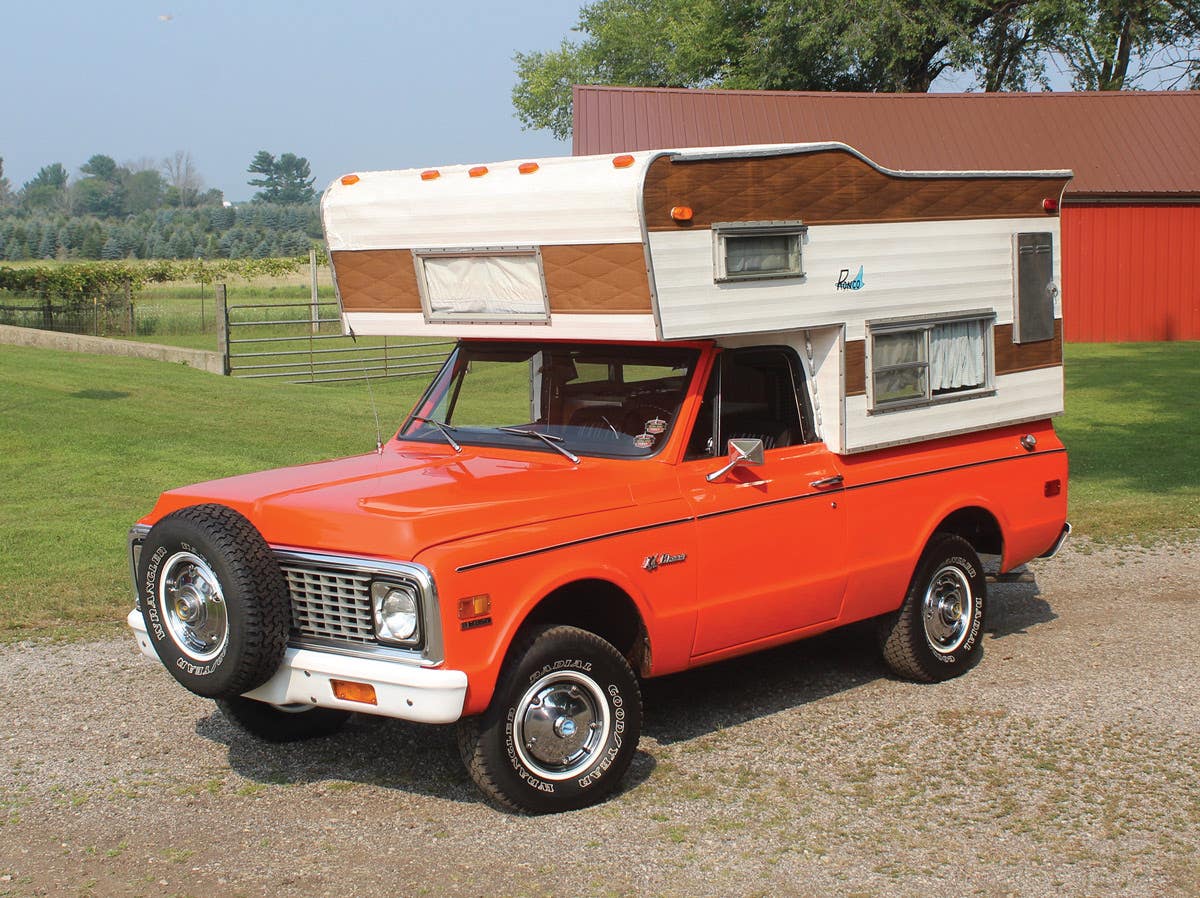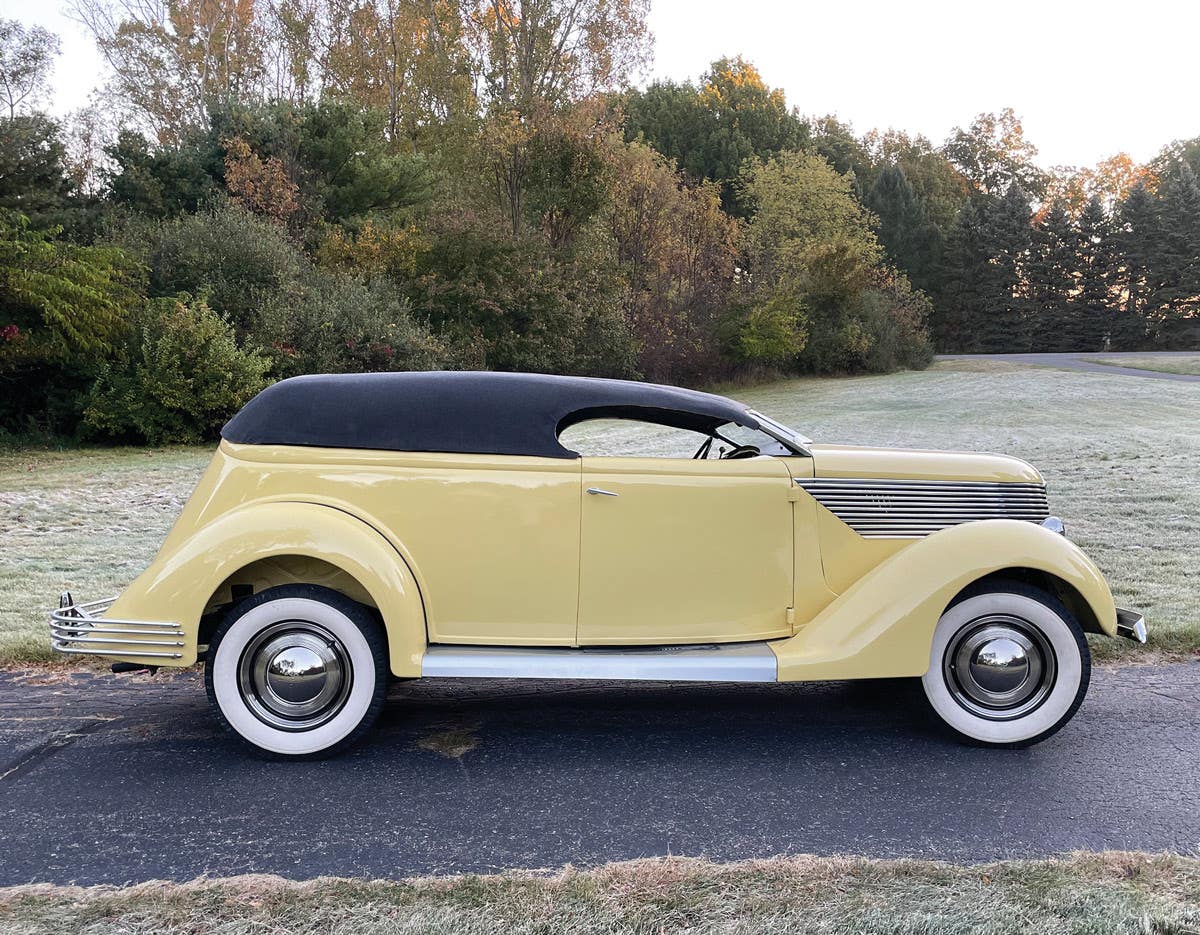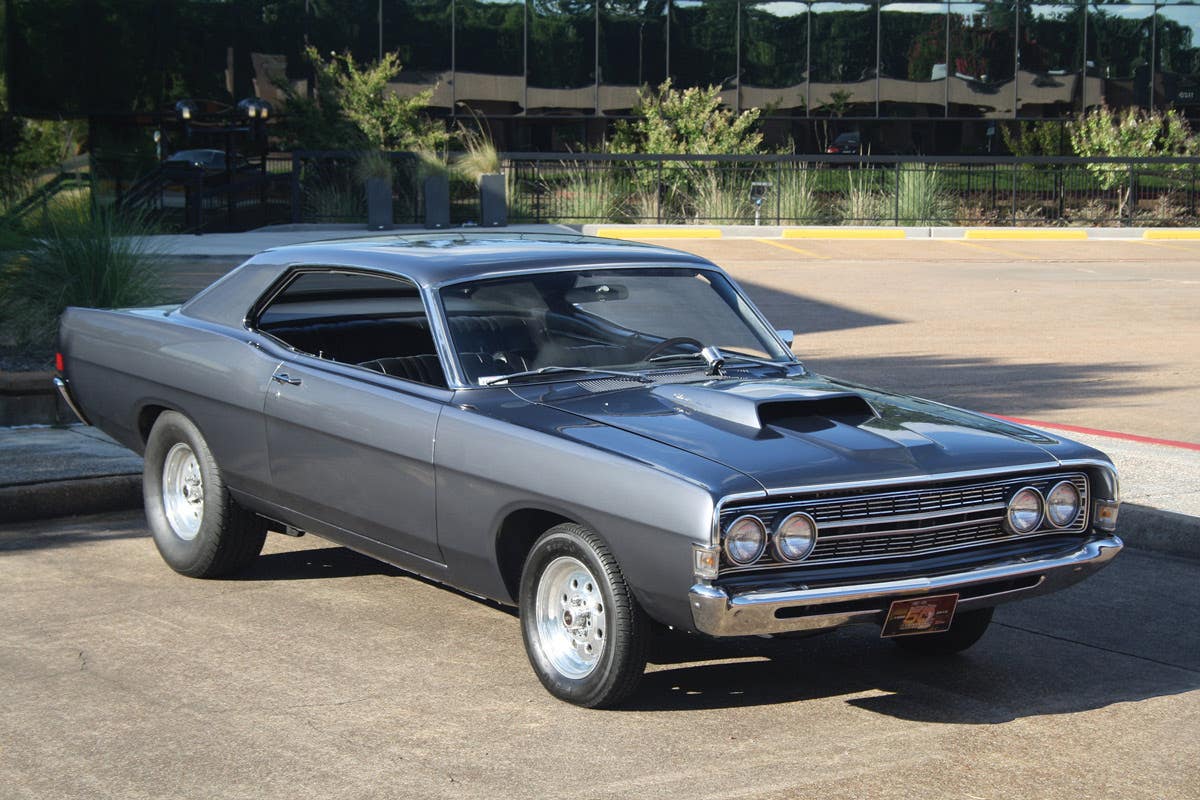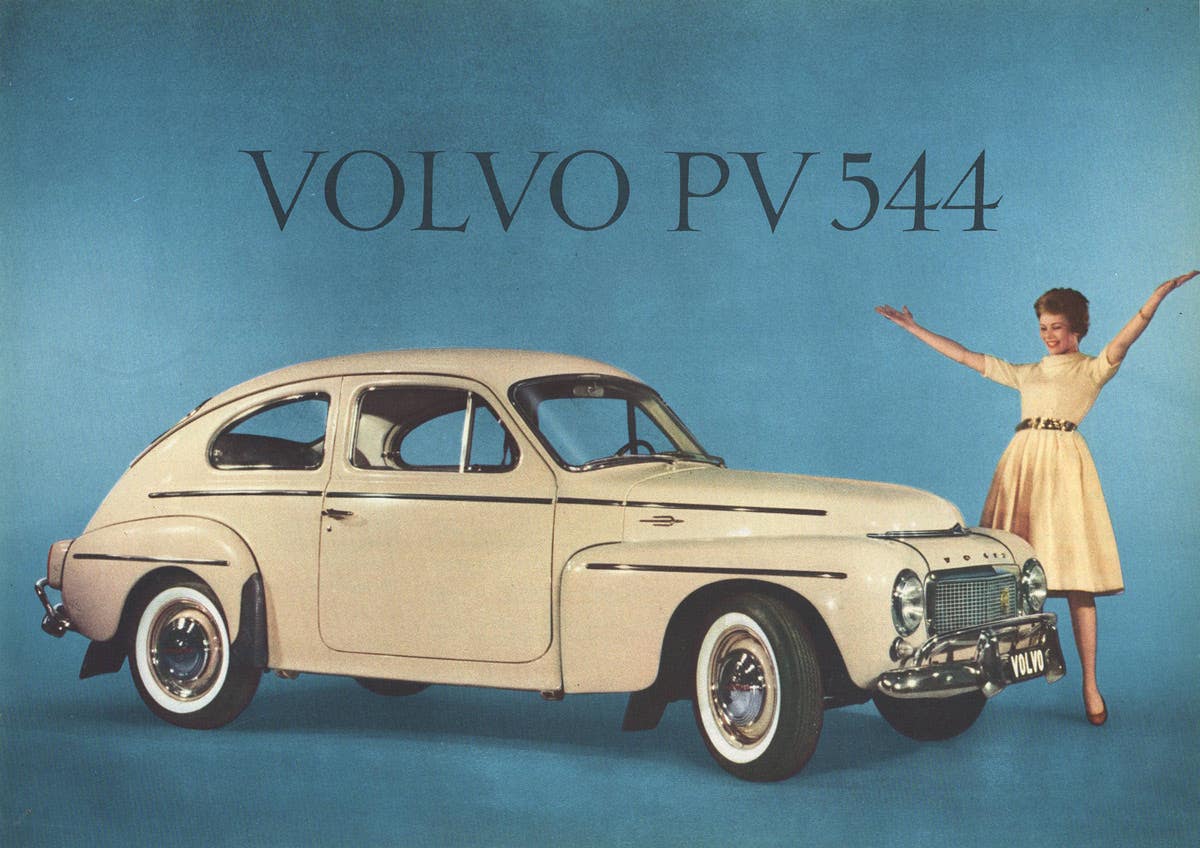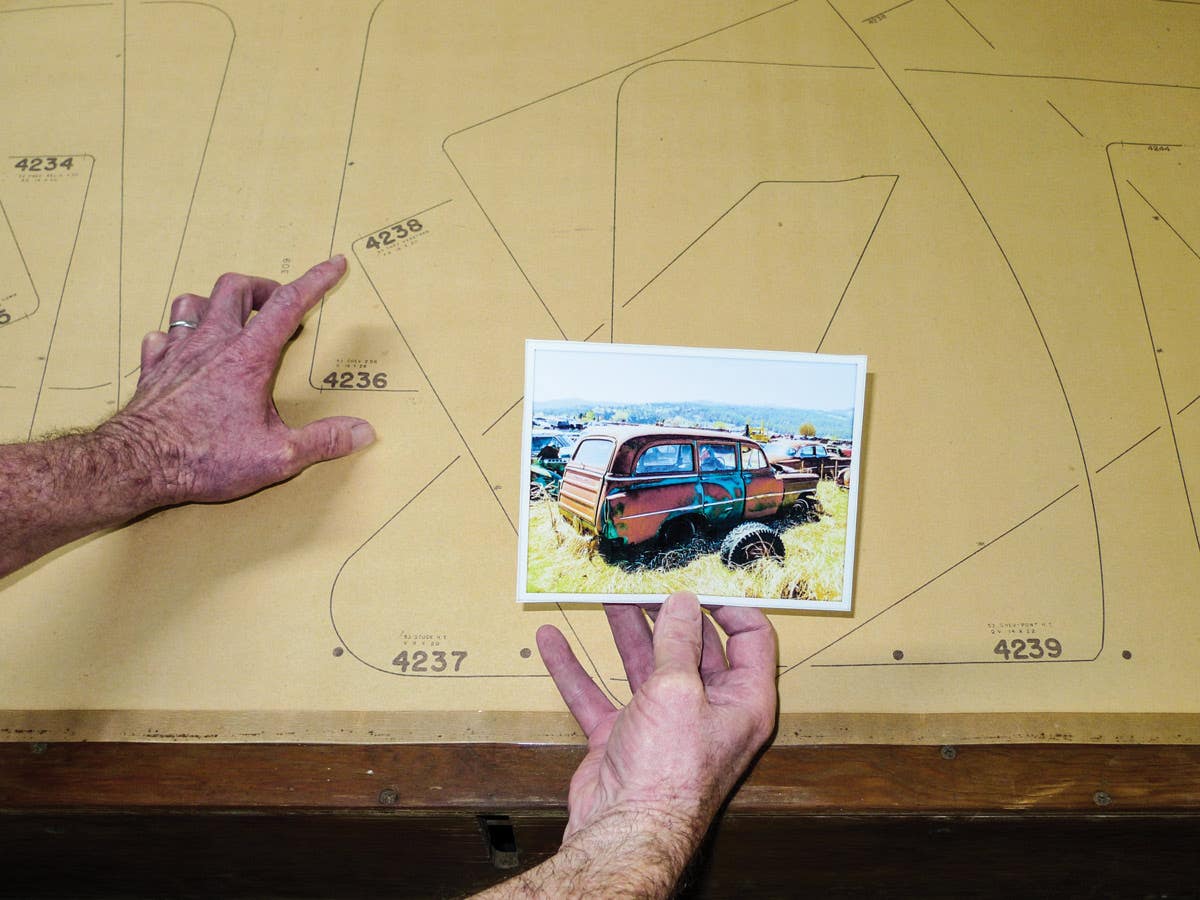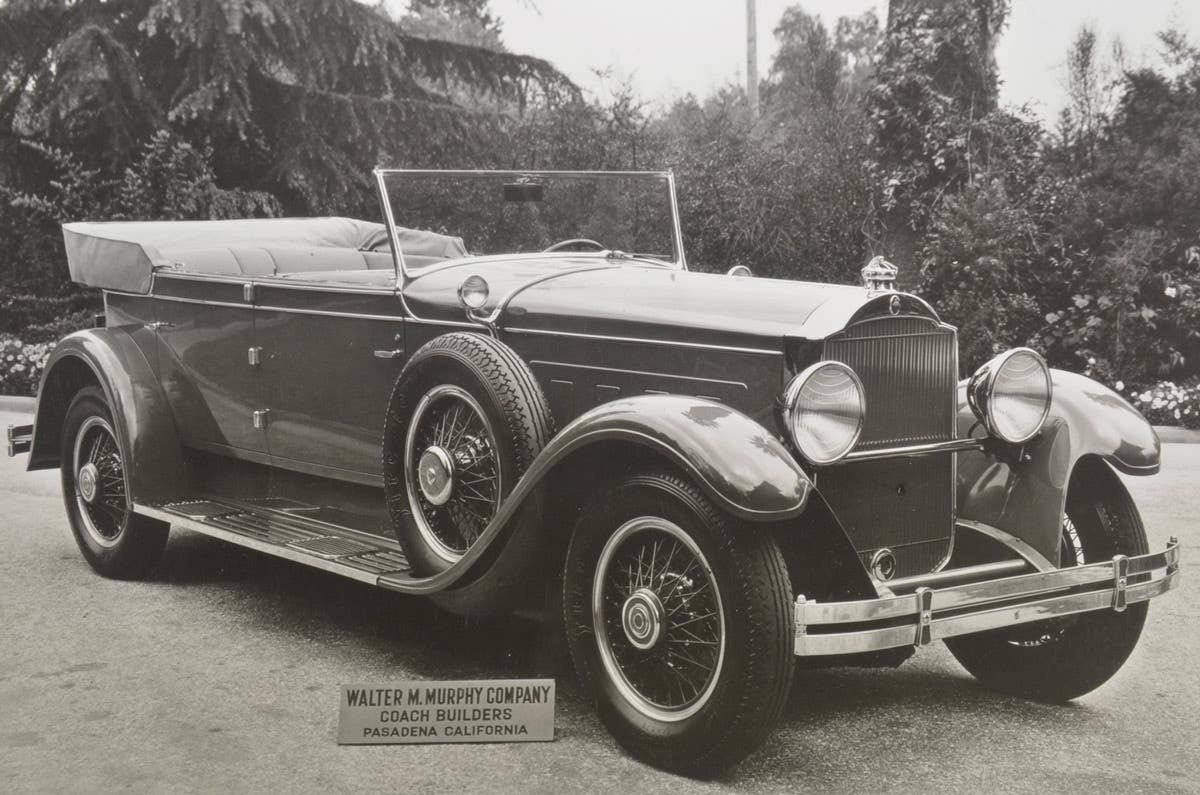Auburn Allure
‘Barn-find’ 1935 Speedster helps revive collector’s love for Classic marque.
A chance meeting in a parking lot eventually led Connecticut
Auburn connoisseur John Pascucci to purchase this splendid
1935 Auburn Speedster. The car had been stored for five decades
by a previous owner. (Photos by Beth Miller, Generations Photography)
When it comes to car collecting, John Pascucci admits he’s had a pretty charmed life. In the early years of the Classic car hobby’s exponential growth, he was right there with his father, pulling Duesenbergs out of parking garages and Isotta-Fraschinis out of dank places. But he never thought more than 40 years later, following the passing of his father, he’d experience a “great find” of his own — a 1935 Auburn Speedster walled into a garage at the end of a dirt driveway since the early 1960s.
“If you told me three years ago I would be doing what I am today and finding an Auburn, I’d say that’s far fetched,” Pascucci said. “It’s a nice omen telling me I’m doing what I should be.”
About 10 years ago, when Pascucci’s father, Anthony, grew ill, the two men stopped dabbling in the hobby while the younger Pascucci began caring for his dad. After Anthony passed, John kept a low profile, ignoring even the Auburn Speedster Anthony had bought for him as a teenager. But then the love for the hobby instilled in Pascucci by his father decades earlier took hold, and he found himself driving to the Fall Auburn auction.
Though he can’t be sure, the car’s owner believes the
streamlined Auburn may have been raced in the 1940s or ‘50s.
“I saw a small little mention in a brochure that this Auburn tucked away since the ’50s was going to be at Auburn,” said Pascucci, a resident of Meriden, Conn. The bronze Speedster never made it to the 2008 auction, but Pascucci was fortunate to see the car on a trailer in a parking lot in that city. He stopped to talk to the people hauling the car and learned that he wasn’t the only passerby to stop and check out the Auburn.
“A lot of people wanted to buy it, but [the owners] didn’t have the paperwork and so they brought it back where they found it,” Pascucci said.
The visit in the Auburn parking lot became a learning experience. Pascucci found out the car’s owner, Alonzo B. Smith, had died 15 years ago, and he had bought the Auburn as a 16-year-old from the son of a doctor in 1948. The front of the car was wrecked when Smith purchased the car, but he had the metal replaced. The car also featured a professionally installed 1937 Cadillac engine and 1937 Chrysler Royal rear end, though it’s unclear if Smith, an accomplished mechanic, bought the car with these drivetrain modifications, had them installed or did the work himself. While Smith kept excellent records of the modifications, he didn’t date the time period in which the work was undertaken.
Smith drove the refurbished Auburn until 1951, when he was drafted to serve in the Korean War, and only occasionally after he returned from the conflict. He then tucked the car away in the early 1960s.
“They literally poured a cement slab, parked the car on it and built a garage around it,” Pascucci said. “The garage only had one door on the left [and the car was parked on the right] so they had to move it with jacks.”
While standing in the Auburn parking lot, Pascucci made an offer to purchase the car from Smith’s children and left them with his phone number. He didn’t learn until several months later whether or not his offer had been accepted.
“One November day, I got a phone call from a woman in her 70s, and she said, ‘You made a fair offer and you can have it,’” Pascucci said. The woman was the late Auburn owner’s widow, and Pascucci didn’t waste any time.
“I got in my truck and drove through a snowstorm to Akron, Ohio,” he said.
To say Pascucci knows Speedsters is an understatement. Pascucci and his father have combined to own 12 such Auburns.
“I was six or seven when my dad bought his first Auburn, and we’ve always had two or three,” Pascucci said. When he spotted the bronze Auburn Speedster in the Auburn parking lot, Pascucci knew exactly what he was looking at: a very solid car with professional — and reversible — period modifications.
Pascucci believes that, after the engine was installed in the Auburn, the car may have been raced around Ohio in the late 1940s or 1950s, but he has not yet been able to confirm his suspicions.
“This car might have been raced by Jack Rutherford at Daytona in the 1940s, which might explain the Cadillac engine and the car being wrecked at the time of purchase,” Pascucci said. “His son tried to trace back the history on the car after his father passed away, and he was able to eliminate almost all but approximately 15 Auburns that might have been raced at Daytona, one of them possibly being this automobile.”
Regardless of its past, the Speedster remains a remarkable find. “To me, this Auburn is a great find, because they are so hot right now, and this car was in a quiet town in an old neighborhood parked in a garage with a dirt driveway,” Pascucci said. “It wasn’t a car anybody really knew about, or those who did have passed away.”
While Pascucci is hesitant to make changes to the Speedster, he’s replacing some of the car’s few missing pieces by digging through his own long-stored spare parts for correct components — and he’s having a great time doing it.
“I am going through boxes and finding parts, [such as] knobs, a hood ornament and other pieces, to replace the few missing items,” Pascucci said. His goal is to bring the garage-find Speedster and the magnificently restored Auburn his father bought him long ago to the Auburn Cord Duesenberg Club Reunion in 2009.
“The car will probably be restored some day,” he said, “but I might massage it and bring it like it is. I might get the right engine and leave it with the car, but [the Cadillac engine] runs so good and they did such a beautiful job [installing it]; nothing was cut or modified. I don’t know what my plan is, but I am going to gather all of the parts I can to make it correct.”
Networking to find parts shouldn’t be difficult. As the owner of Johnny P’s Classic Cars, a collector-car dealership, his connections extend beyond even those formed when he was a child, tagging along with his father from garage find to barn find. From those old friends, he’s already been receiving all the encouragement he could ask for.
“What makes it exciting for me, after I lost my parents and my brother, everybody has been trying to get me back in the hobby,” he said. “Since getting back in the hobby, it’s been like a warm hug.”
Even though he hasn’t had his new Speedster very long, the connections to family and friends of the past and present have sparked a special bond between Pascucci and the car. It’s a bond he’d like to extend to the next generation.
“I am thinking about keeping it,” Pascucci said. “My daughter is six and I thought about restoring it with her as a father-daughter project.”
Regardless of whether a “for sale” sign ever hangs from the Speedster’s art deco rearview mirror, we’re sure Pascucci’s father would be proud.
FINAL SPEEDSTERS: WHAT'S OLD IS NEW
Although fresh and new looking, the exciting 1935 and 1936 Auburn Speedsters actually borrow from two Cord Corp. predecessors: The previous 1933 Auburn Speedsters and the Weymann-bodied supercharged Duesenberg speedster built for Capt. George Whittell to a Gordon Buehrig design.
Buehrig was instructed to design a new Auburn Speedster for the 1935 model year using the body of the 1933 Speedster as a foundation. Cord Corp. had approximately 100 of these 1933 bodies left over at Union City Body Co., so relying on his earlier Duesenberg speedster design, Buehrig designed a new tail end for the earlier speedster body. He also abbreviated the fenders of the 1935 Auburn so they no longer required running boards, also much like his earlier Duesenberg speedster design. Four of these cars were to be built for the show circuit to aid Auburn sales by emphasizing the car’s 1935 restyling — a move undertaken after sales suffered a sharp decline often credited to the new-for-1934 redesign.
The 1935 Super-Charged Speedsters were a hit, and with Lycoming straight-eight power, they were showcased across the country to promote the Auburn brand. The remainder of the 100 1933 Speedster bodies were modified to receive the new tail end and work with the 1935 front sheet metal. Once the supply of bodies was exhausted, completely new bodies were built.
“Success” is a relative word in the case of the last Auburn Speedsters, which were offered into the 1936 model year. While the sporty cars were successful is using up the remaining bodies and attracting attention to Auburn products, sales continued to slip for the car company.
Speedsters were also a low-production car, and were offered at a time when recent and widespread financial devastation made owning a racy, somewhat expensive two-seater a rather conspicuous purchase. (Speedsters were priced at $2,245, squarely between the top 1935 Buick and the entry-level Cadillac.) In all, less than 150 1935-’36 Speedsters are believed to have been built before Cord Corp. ceased producing Auburns in 1936. The company reportedly lost money on every Speedster it built.
CLICK HERE to tell us what you think in the Old Cars Weekly forums
Angelo Van Bogart is the editor of Old Cars magazine and wrote the column "Hot Wheels Hunting" for Toy Cars & Models magazine for several years. He has authored several books including "Hot Wheels 40 Years," "Hot Wheels Classics: The Redline Era" and "Cadillac: 100 Years of Innovation." His 2023 book "Inside the Duesenberg SSJ" is his latest. He can be reached at avanbogart@aimmedia.com



